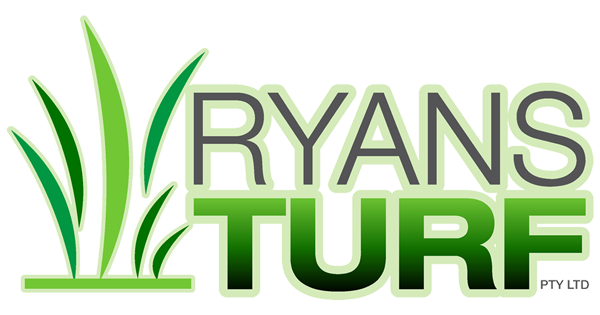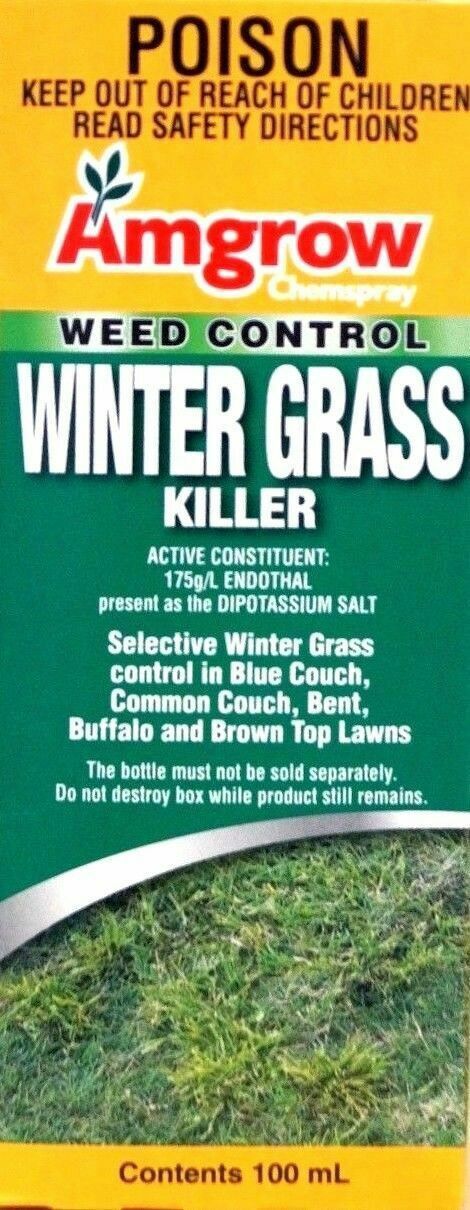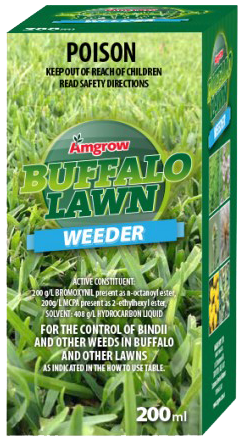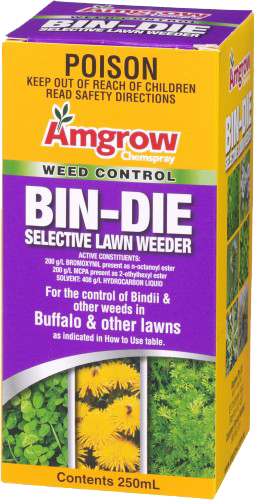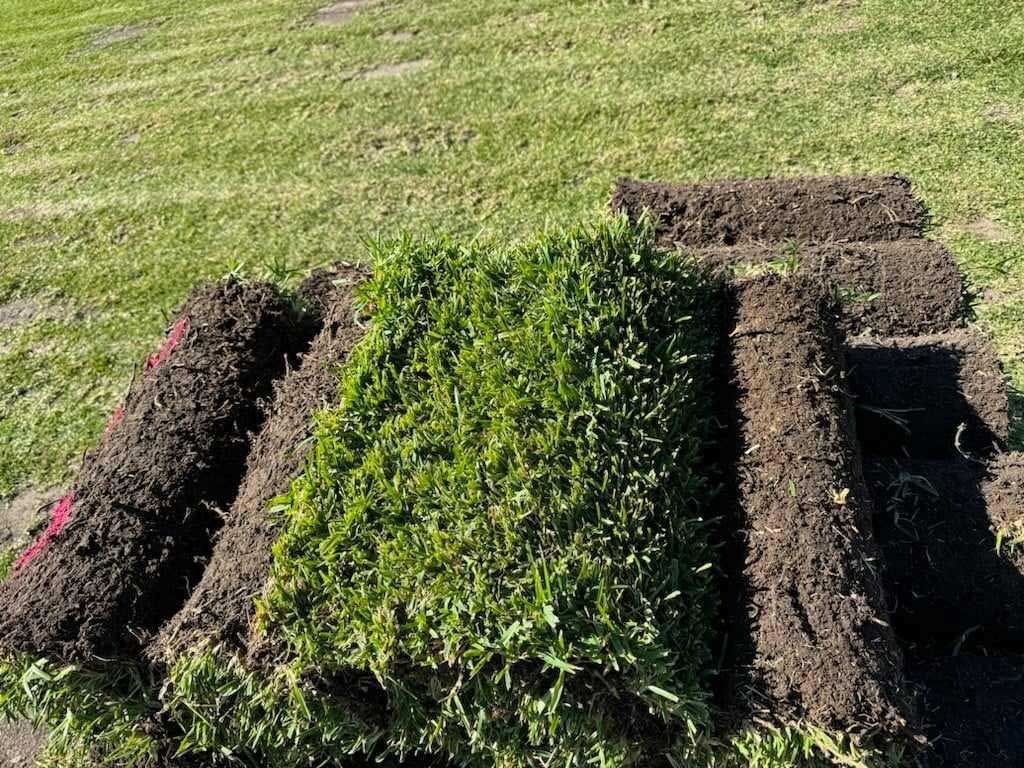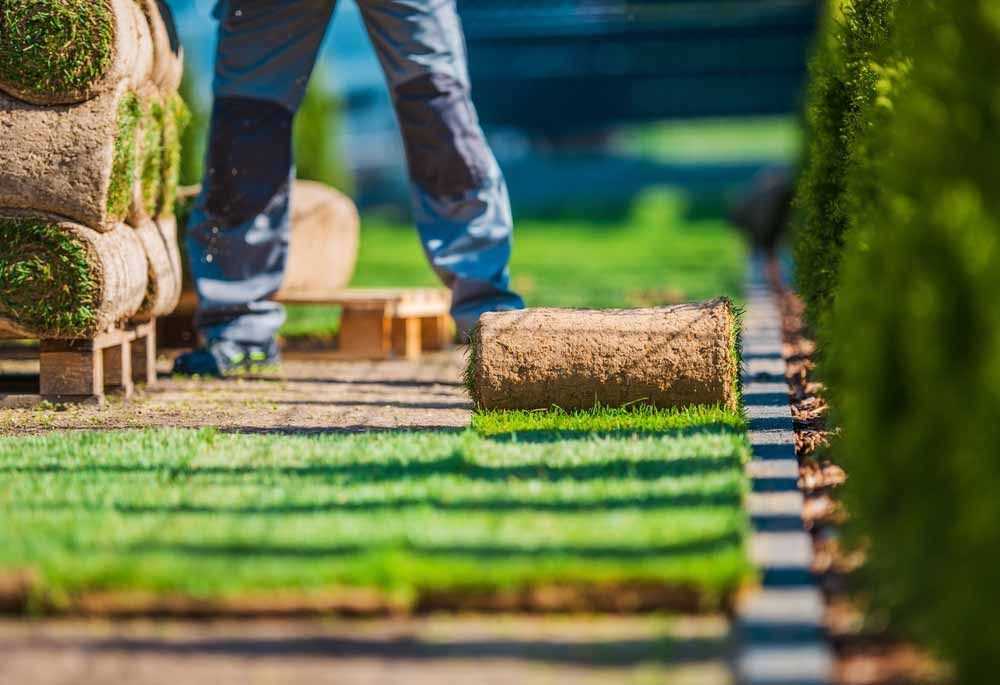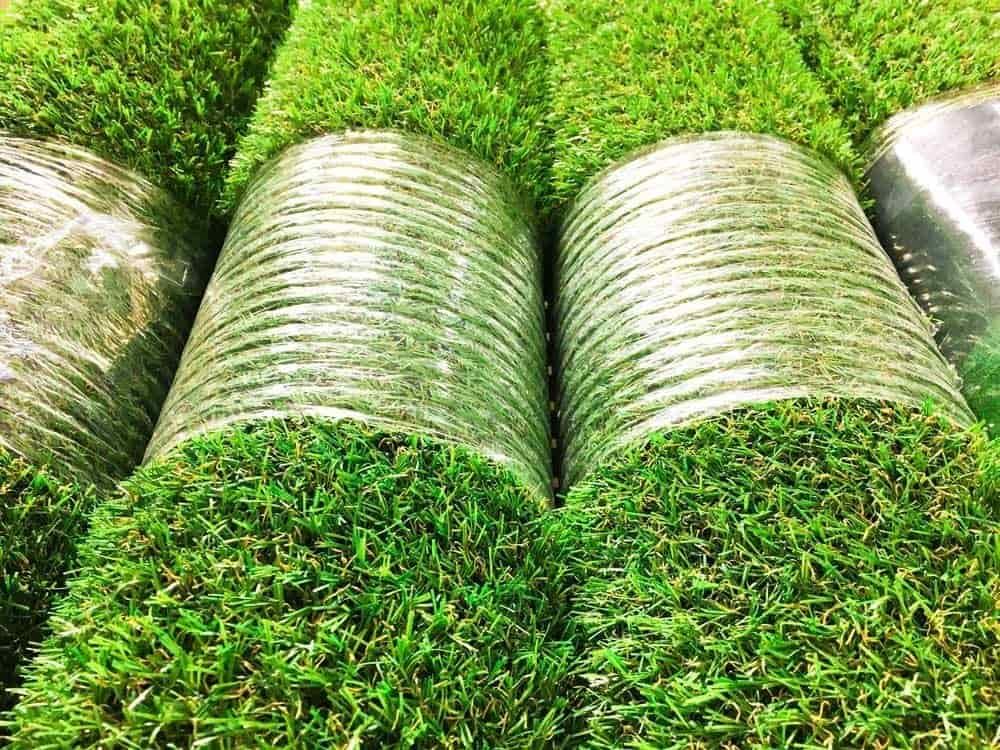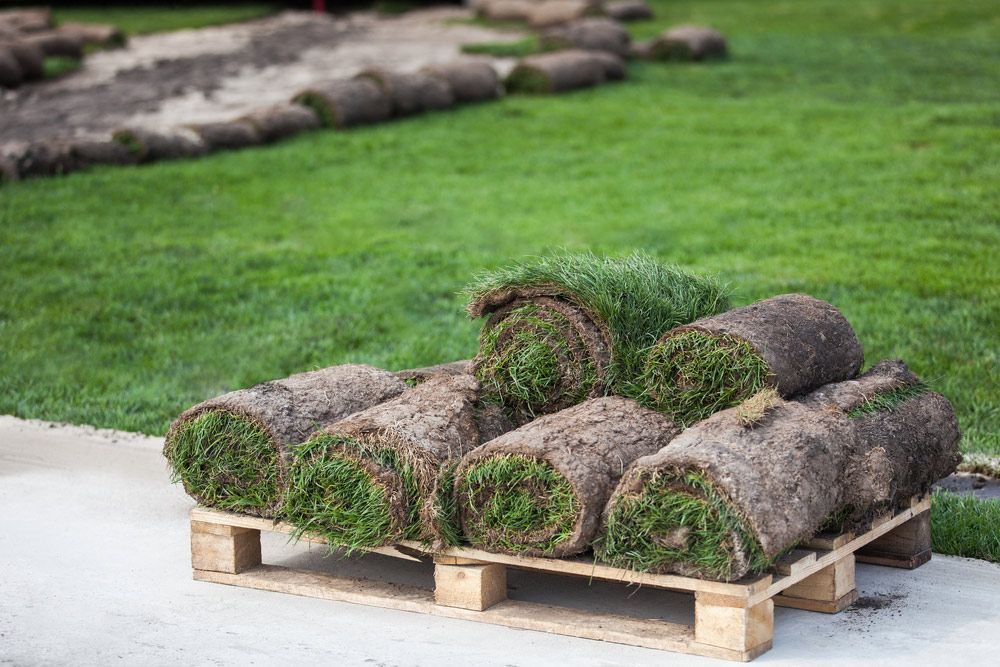Ryans Turf
Lawn Care & Turf Supplies in NSW
- Nearly 30 Years of Industry Experience
- High-Quality Turf & Landscaping Supplies
- Locally Owned & Community Focused
- Expert Advice & Tailored Solutions
Enquire Now
Watering & Mowing
Your lawn is an investment in your property, so you want to take the best care of it! But new turf owners are often overwhelmed by when to mow new turf and how often to water it. Rest assured, the team at Ryan's Turf will be with you every step of the way, providing advice and after sales service that is second to none! On this page, we have detailed the best practices for taking care of your turf.
When to Mow New Turf
Plan to wait about six weeks after you have new turf laid before mowing. Give the turf a chance to take root before you introduce the mower.
How Often to Water New Turf
If you’ve just had new turf laid, you’ll want to do deep watering every day for the first few weeks. Ensuring the soil always stays moist will help your turf develop a deep sturdy roots system.
Once established,
Turf variety also plays a role in watering. For instance, if you’re wondering how often to water
Sir Walter lawn, it will require less consistent water than
Kikuyu grass. You can learn what’s best for your turf type by talking to the experts at Ryan's Turf.
Your New Grass Checklist
If you’re in the market for new turf, be sure to contact our team at Ryans Turf. We'll help you choose the perfect grass for your property. Our turfing experts have a long list of characteristics to consider and will look at your property as a whole to determine what turf will work best for your lawn. The following are some of the main factors we will discuss with you to help you make the best choice:
- Drought & Wear Resistance: Consider the level of drought and wear resistance that you require for your lawn.
- Shade Tolerance: If your property has areas with limited sunlight, it’s essential to choose a turf variety that can tolerate shade. We will help you make the right selection.
- Soil Type: The type of soil used at your property can influence the success of your turf installation. We will make sure your soil is conducive to the healthy growth of your turf.
- Texture: The texture of your turf can impact the overall look and feel of your lawn. We'll ensure your turf has the best possible feel.
- Mowing Schedule & Height: To help you maintain the optimal health of your turf, we'll advise the appropriate mowing schedule. We'll also recommend the maximum height your turf should grow to.
- Invasive/Non-Invasive Properties: Some turf varieties can invade garden beds and other areas, while others are non-invasive. We’ll make sure your turf doesn’t incur on other areas of your landscape.
- Winter Colour: The winter colour of your turf can impact the overall appearance of your property during the colder months. We'll do all we can to ensure the winter hue adds to your overall aesthetics.
- Growth Rate: The growth rate of your turf can impact how often you need to mow your lawn and the overall maintenance required. If you want a low-maintenance turf, we'll recommend the most appropriate type.
What is the Process for Installing New Turf?
To ensure your new turf is installed in a way that is aesthetically pleasing and conducive to healthy growth, we provide the following:
- Site Preparation: We prepare the site by removing old vegetation and debris, levelling the soil and applying fertilisers. Our team can also apply soil conditioners to encourage healthy growth.
- Turf Delivery: We deliver fresh, healthy turf directly to your property, ensuring it is ready to be installed immediately.
- Installation: Our team of experts carefully install the turf, ensuring it is laid for long term results and the seams are well blended.
- Watering: After installation, we water the turf thoroughly to help it establish roots and encourage healthy growth.
operating for nearly 30 YEARS
high-quality turf, supplies & materials
Free measure & quotes
Lawn Weeds & Turf Protection
Even in healthy established lawns, weeds can emerge. Thankfully, once the weeds are correctly identified, Ryans Turf can offer expert advice on the most effective selective weed killer or treatment to use without damaging your lawn. Here’s a list of common lawn weeds in Australia and identifying characteristics.
GRASS WEEDS
Nutgrass
---Perennial, grass-like weed
---Unjointed stem, triangular or v-shaped in cross section
---Thick, stiff leaves
Summergrass
---Annual weed with soft, hairy leaves
---Fibrous roots
---Grows close to the ground
Crowsfoot grass
---Annual grass-like weed
---Roots at the nodes
---Seedhead has five or more spikelets that point outwards
Paspalum
---Quick growing grass
---Found in wet areas
---Underground stems and flat leaves
Winter grass
---Pale green colour
---Smooth leaves
---White, soft root zone
BROADLEAF WEEDS
Capeweed
---Annual, short stemmed herb
---Petals are yellow on the top and grey/green on the bottom
---Deeply lobed leaves with rounded apex
Carrot Weed
---Forms a rosette of leaves and then flowers
---White coloured taproot with erect stems and branches
---Crowsfoot grass
Bindii
---Forms a rosette of leaves with a flower head in the centre
---Flower head grows burrs and sharp spines
Oxalis
---Heart shaped leaves
---Brightly coloured flowers
Chickweed
---Forked stems with small hairs
---Broad leaves with pointy tips
---Small, white petals on flowers
Clover
---3 Leafed bright green
---White crescent shaped flower
---Creeping ground cover
Do you recognise any of these weeds in your lawn? Get in touch with the lawn care experts at Ryan's Turf to discover which weed killers and fertiliser blends can keep your lawn healthy and the weeds at bay!
Lawn Pest & Bug Protection
Are you trying to get rid of pesky grubs in your lawn, soil or in the garden? Unfortunately, from spring through to autumn in NSW, it is prime time for lawn grubs to invade your lawn. To help protect your lawn from damage due to grubs in the soil, Ryan's Turf put together this guide to grubs and pest control.
How to Spot Grubs in Lawn, Soil and Garden
Got grubs in your garden? Early detection is critical in preventing the grub population from exploding and ruining your lawn. Thankfully, many indicators can help you spot lawn grubs early on:
-Brown or grey patches of grass.
-Spongy ground.
-Birds on your lawn. Birds feeding on the grubs can damage your grass too.
-White egg sacs on grass blades, leaves, outdoor furniture and other surfaces.
-Wasps in your yard. Wasps use grubs as hosts for their eggs.
-Short grass patches throughout the lawn.
How Do Lawn Grubs Damage Your Lawn?
A lawn grub infestation can kill your entire lawn, especially if you don’t catch it early. During the larval stage, lawn grubs eat your grass's roots, leaves stems and other plants. Depending on the size of the infestation, this can eradicate the entire root system of your lawn or leave you with dead, dry patches.
Once the larvae develop into adult beetles and moths, they lay eggs on healthy grass and other outdoor surfaces. Then, the cycle of damage begins again.
Common Lawn Grubs in Australia
Australia is home to several kinds of damaging lawn grubs, including:
-African Black Beetle
-Armyworm
-Argentinian Scarab
-Sod Webworm
Depending on which kind of lawn grub is infesting your lawn, various products are available to deal with them at the first sign. You should also keep your lawn healthy with fertiliser and a consistent watering schedule to minimise damage.
Please also remember that not all grubs, beetles & insects are harmful to your lawn! In fact, some are quite beneficial which is why the correct identification of your visitors is essential in maintaining ecological harmony in your yard.
